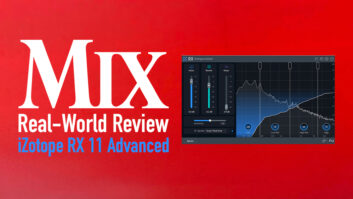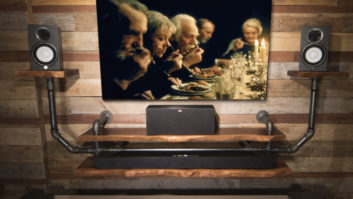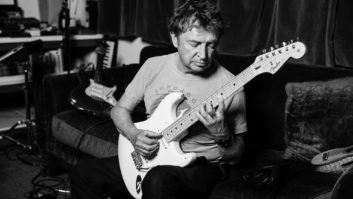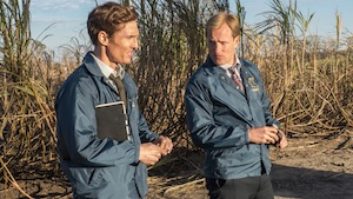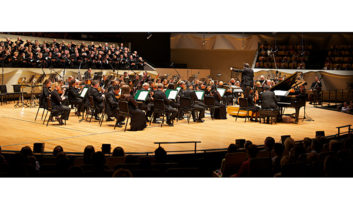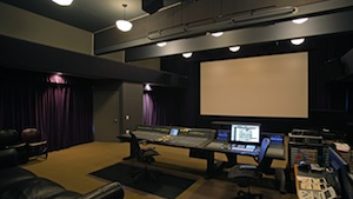Just as we were putting the August issue, with its theme on Analog Audio, to bed, I was invited to see Shelby Lynne at Yoshi’s San Francisco, near the end of her tour in support of her excellent spring release, Tears, Lies and Alibis. She took the stage quietly, following a sweet John Jackson guitar riff on his Gretsch. No fancy backdrop; just her and a guitar, Jackson and drums. Pure performance. While her material can tend toward a darker emotional side, she doesn’t linger in lament or swim in sorrow. She almost slow-struts and swaggers onstage. A friend said that night, “It doesn’t sound like she’s singing at you; it just sounds like she’s singing.” Simple. Honest. True.
In an interview the day before, I learned that is how Lynne approaches recording and songwriting, as well. And she’s analog from the get-go. Tears was recorded largely in her living room in the desert outside Palm Springs, where she lets the room do the work. She started writing on a legal pad and putting ideas down on a Portastudio. As she refined songs, ending up with about 20 from which to choose, she turned on her Studer 24-track (which she has called her favorite instrument) and began with “Loser Dreamer.” She sings into a Telefunken 251 and puts a Neumann KM81 on her guitar, then to her new favorite mic pre, a Karl Diehl NPNG, to her Mackie 24-channel board and straight to the Studer, using ATR tape at 30 ips. Those tracks make it through to the record.
Then she brought out Val McCallum and Ben Peeler from Los Angeles to add guitar. When she had the tracks, she flew, with reels in hand, to Nashville (“because that’s where the pickers are”) to work with engineer Brian Harrison at The Rendering Plant. They brought in David Hood and Spooner Oldham from Alabama, and within days she had a record. She then sent the tapes off to Al Schmitt at Capitol for the mix, and had him send CD refs out to the desert for approval because, she says with a laugh, “That’s the way I like to hear them, and I like to make the boys still do it!”
“Don’t get me wrong, I love the toys and I am a gear-head,” she interjects. “I’ve always been fascinated by boards and mics and the ways studios are set up. I have my Bricasti and my new Korg multitrack at home, but I like to keep it simple. How creative can you be with a million tracks? With [Pro] Tools, you don’t have to commit; with tape, you have to commit. If I’m making a record and I want to put three-part harmonies on it, I’ve already used up four tracks. Two for SMPTE, so that’s six. Bass and drums, that’s five more. So how many do I have left? Piano, horn: Uh-oh, I’ve got two left. The record’s done. Believe you me, I can find a harmony to stick in anywhere. Or a fifth or a third. But that doesn’t necessarily make a great song.”
Her voice is pure, her approach to record-making stripped down and simple, and her candor refreshing. She loves the lip smacks and the string squelch left in the tracks, and she absolutely loves the sound of analog tape. Her old-school approach isn’t for everyone, but it sure works for her. And isn’t that what recording is all about?
